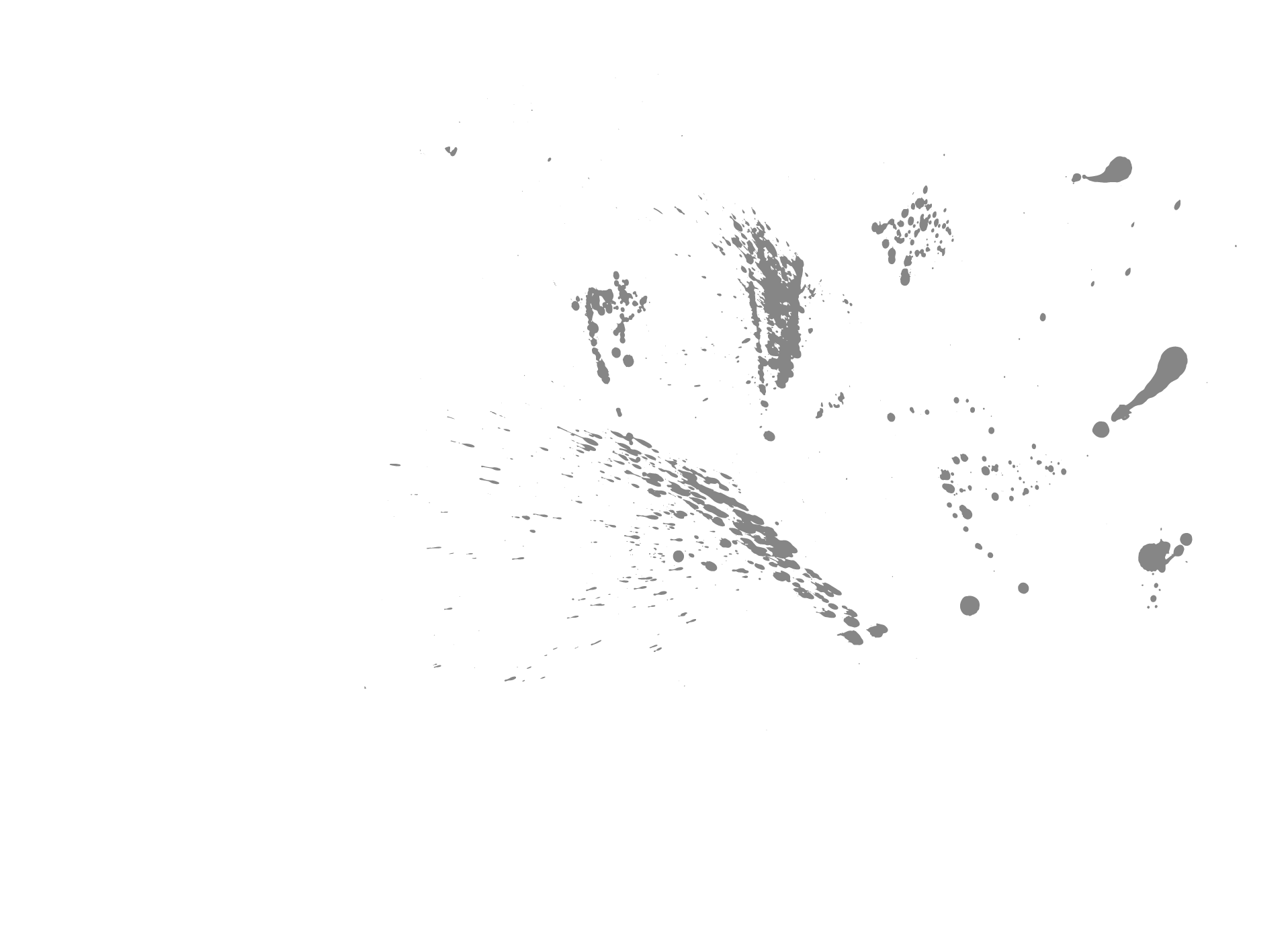Who invented the parachute?
"A draft of a parachute by the unmistakable Leonardo da Vinci, but there is no record left regarding possible testing."
To shine in society, when evoking the history of fundamental inventions such as the parachute, one takes little risk in quoting the name of the inevitable Leonardo da Vinci. The latter could have, in other times, broken records of patents registered at the INPI. Bingo, around 1500, the Florentine genius was already working on a draft parachute made of wood and canvas. But there is no trace of any testing of this device.
"The test flight carefully delegated to a sheep, the valiant animal lands safely on dry land."
The first public parachute jump dates back to 1783. Its inventor, Louis-Sébastien Lenormand, carefully delegated the test flight to a sheep. The brave animal jumps from a tower and lands safely on dry land.
"The first human parachutist, the experienced balloonist stages his feat, causing "the explosion of a hot air balloon."
But it is André Jacques Garmerin who can claim the title of first human parachutist. He tested his machine himself on October 22, 1797. This experienced balloonist stages his feat, causing “the explosion of a hot air balloon”. The test is a complete success; his broken ankle is only a detail in the eyes of the inventor. Especially since he had the bright idea of charging an entrance fee to the public.
"It assures the Garmerins a comfortable life during which they will have ample time to pursue their research."
His wife, Jeanne Geneviève, is just as bold. In 1799, she attempted the big jump and became the first woman parachutist. It is she who takes charge of an essential step: in 1802 she registers the patent of the parachute in the name of her husband. This act allows to protect this major innovation. It ensures the Garmerins a comfortable life during which they will have plenty of time to pursue their research.


